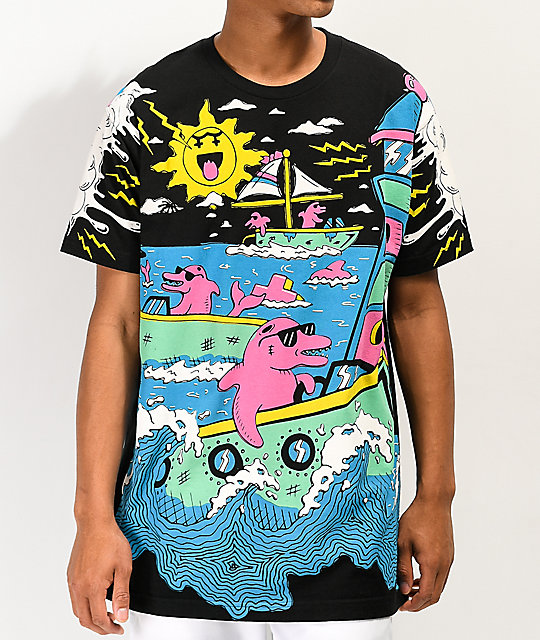
Trujillo, 55, has studied Amazon river dolphins since he was a college student in the 1980s. When The Washington Post asked about his own level, he got tested - and found it was more than 10 times that of the dolphins: 36.25 micrograms.Īfter 30 years of studying dolphins in these waters, Trujillo, too, has been poisoned. Studies on mercury levels in human populations near the Orinoco River have been limited, Trujillo said. When mercury reaches rivers, it’s ingested by fish that are eaten by humans as far away as Bogotá. (Andrés Cardona) RIGHT: Researchers spray the fin of a pink dolphin near Puerto Carreño, Colombia as part of a study of their physical health.

LEFT: A pink dolphin near Puerto Carreño, Colombia is measured by researchers as part of a study of their physical health. But he’s seen worse: The highest mercury levels in river dolphins in all of South America have been found here in the Orinoco Basin, he said, where they can surpass 30 micrograms.

“If we find a fish with 1.2 micrograms … we shouldn’t eat it,” he said. Tests revealed that three of the dolphins had an average of 3.45 micrograms of mercury per liter of blood - a level Trujillo called “alarming.”

In the Amazon, river dolphins are the canaries in the coal mine - “the sentinels of the aquatic ecosystems,” said Jimena Valderrama, 27, a veterinarian who has worked with Trujillo for three years: “They accumulate what we dispose of in the rivers.”Īmong the scientists’ biggest concerns was the dolphin’s exposure to mercury, a heavy metal used in mining that can cause lethal damage to the brain, heart and kidneys, and what it might suggest about the exposure of the people, near and far, who eat fish from the river. In 1993, he co-founded the Omacha Foundation, which focuses on conserving animals and ecosystems. Fernando Trujillo, right, has studied Amazon river dolphins since he was a college student in the 1980s.


 0 kommentar(er)
0 kommentar(er)
